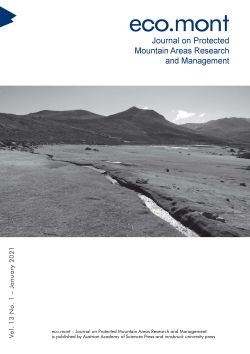
Eco.mont Vol. 13 Nr. 1, pp. 41-54, 2020/12/30
Journal on Protected Mountain Areas Research and Management

Mountain areas are particularly attractive for the development of winter activities such as skiing, owing to both morphological and climatic conditions. However, mountain areas are at the same time vulnerable. For this reason, they are often under protection. This study focuses on two important and heavily used ski resorts in the Tatra National Parks, Kasprowy Wierch (Poland) and Skalnaté Pleso (Slovakia), looking at skiers’ opinions and complaints regarding the resorts. In addition, a comparison between the resorts was conducted. In order to verify the relationship between socio-demographic variables and the skiers’ opinions, two types of statistical tests were used: Spearman’s rank correlation coefficient and Chi-square. The results show that the Kasprowy Wierch ski resort received a larger number of negative comments than Skalnate Pleso. However, Skalnate Pleso drew more negative opinions regarding the impact of the cable car and ski area on the landscape. The consequences of fulfilling visitors’ expectations can be used practically by the managers of the protected areas.
Keywords: protected areas, ski resorts, Tatra Mountains